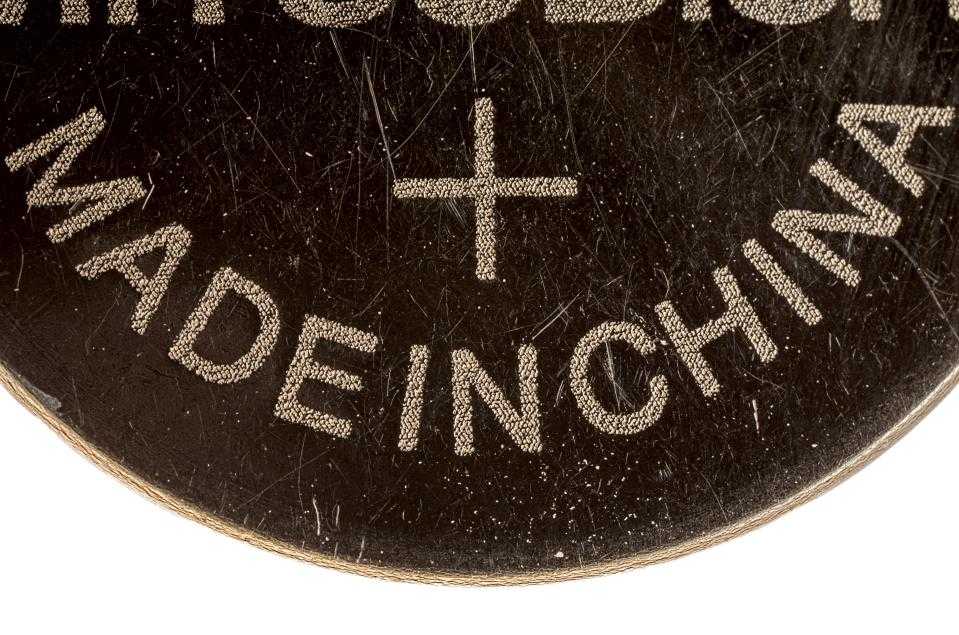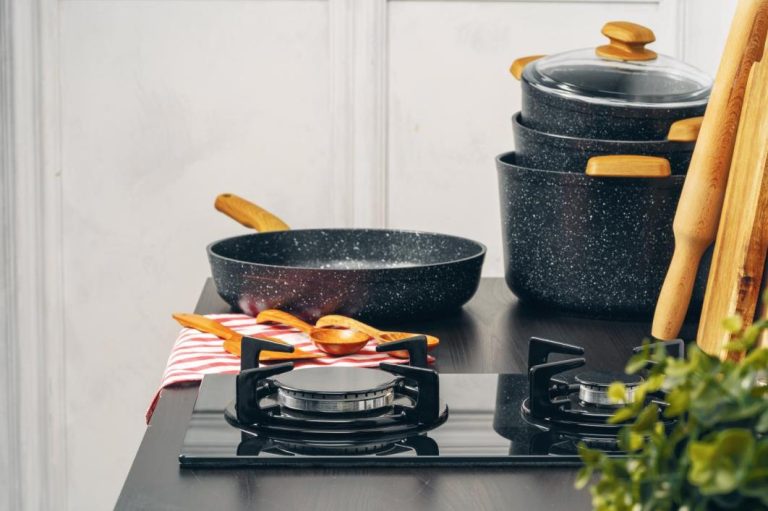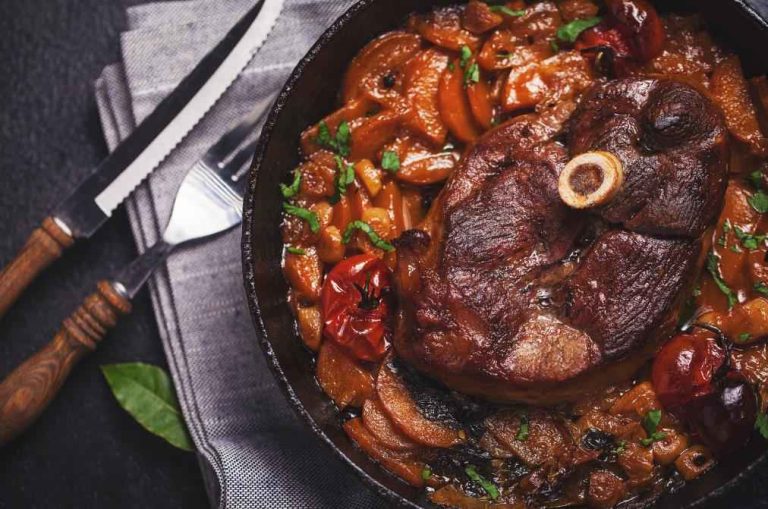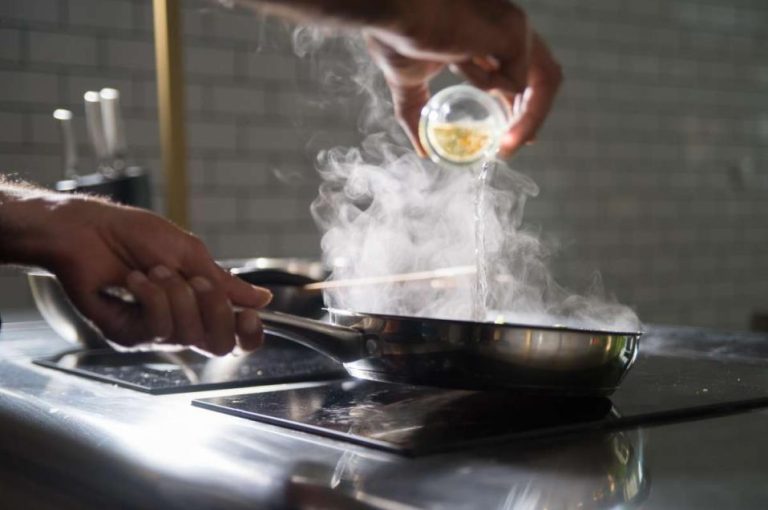China plays a major role in global cookware manufacturing, from producing full product lines to supplying parts and accessories for major brands.
With such a vast number of manufacturers, product quality can vary widely.
For small businesses looking to source cookware, safety is a top concern, and a common question among customers as well.
In this article, we’ll break down whether cookware made in China is safe, what factors affect its quality, and how businesses can source reliable products without compromising on safety.
What are the safest cookware materials?
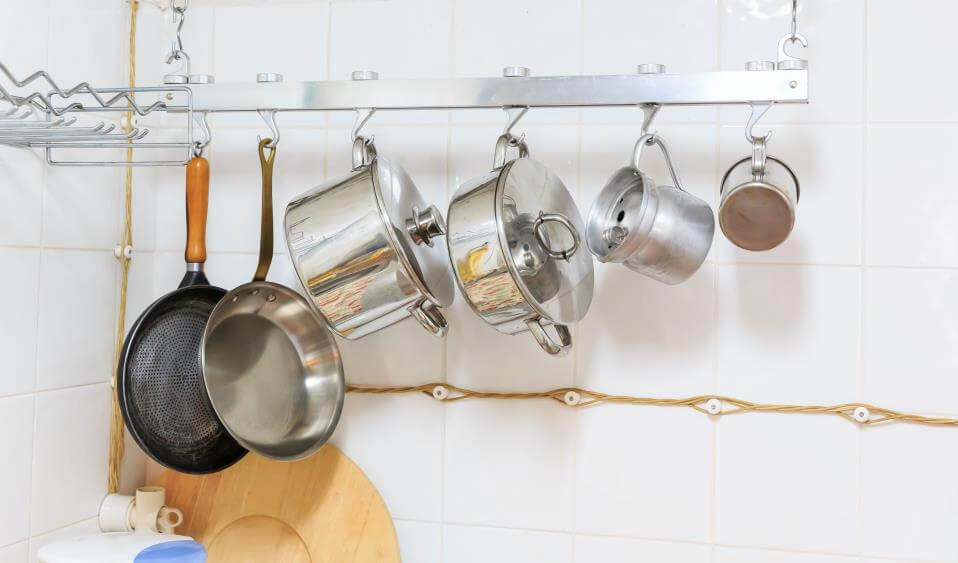
Before evaluating the safety of cookware made in China, it’s essential to understand the inherent safety of the materials used in cookware production. The right material ensures food safety, durability, and performance, regardless of where the cookware is manufactured.
If you’re sourcing or recommending cookware, here are some of the most reliable options:
- 304/316 Stainless Steel: These food-grade stainless steel types are widely used in premium cookware. They resist corrosion, don’t leach into food, and work well under high heat. 316 contains molybdenum, offering slightly better acid resistance than 304.
- Cast Iron: Heavy, durable, and naturally non-stick when seasoned. Cast iron is safe if not rusted or coated with unknown chemicals. It also releases trace iron into food, something some customers may consider a plus.
- Ceramic-Coated Cookware: Lead-free ceramic coatings are a popular non-stick alternative. Look for products labeled “PTFE-free” and “PFOA-free.” These are generally safe as long as the coating is intact and properly applied.
- Carbon Steel: Similar to cast iron, carbon steel pans are safe and widely used in professional kitchens. They do require seasoning and maintenance but are free of synthetic coatings.
- Enamel-Coated Cookware: These are cast iron or steel pans coated with enamel to prevent rust and sticking. As long as the enamel is free of cracks or chips, they’re considered food-safe.
For more options, you can also explore our guide on best cookware materials.
Safety of popular materials made in China
Manufacturing origin doesn’t automatically determine safety, quality does. That said, here’s what to look out for when evaluating Chinese-made cookware materials:
1) Is Stainless Steel from China Safe?

Yes – if it’s properly graded and certified. Many reputable Chinese manufacturers use 304 or 316 stainless steel and adhere to global standards like LFGB and FDA.
Issues arise when lower-grade steel is used (e.g., 201 or unclassified blends), which may be more prone to corrosion or metal leaching.
If you’re sourcing stainless steel cookware from China, ask for:
- Grade confirmation (e.g., 304 or 316)
- SGS or LFGB testing reports
- Details on welding, polishing, and finishing processes
2) Is Cast Iron from China Safe?
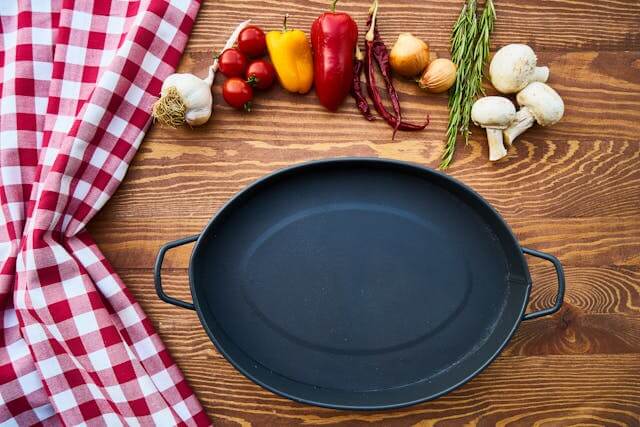
Generally, yes – especially if it’s uncoated and well-seasoned. Chinese cast iron is widely used in global markets and can be as safe as cast iron made anywhere else. What matters most is:
- Whether it’s seasoned or coated
- The quality of raw iron used
- Whether the coating (if any) contains unsafe materials
Some budget cast iron products may come with enamel or non-stick coatings, always ask about what’s applied and how it’s tested.
You can also explore our list of Best Cast Iron Cookware Manufacturers.
3) Aluminum, non-stick (Teflon), copper, and others
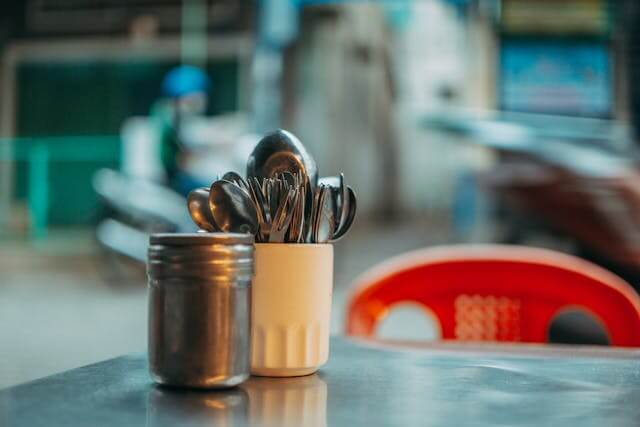
These materials vary more in safety depending on coating quality and manufacturing:
- Aluminum: Bare aluminum can react with acidic foods. Anodized aluminum or aluminum with a safe non-stick coating is a better choice.
- Non-Stick (PTFE/Teflon): Safe when intact, but quality varies widely. Look for “PFOA-free” labeling and third-party testing.
- Copper: Copper is reactive unless lined with stainless steel. Ensure any copper cookware has a proper lining and quality control documentation.
Is cookware made in China safe?
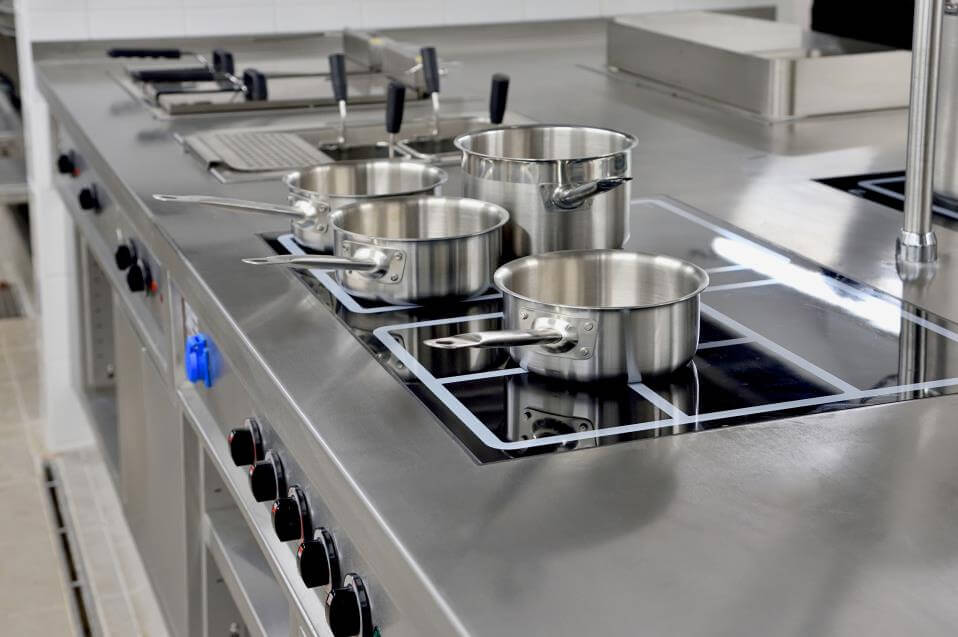
It depends on the manufacturer, but in many cases, yes.
Chinese cookware manufacturers that export internationally must meet safety requirements set by the destination country.
That usually includes third-party certifications like FDA, LFGB, or SGS. These aren’t optional. Without them, manufacturers can’t access major global markets.
That said, not all factories operate at the same standard. China has thousands of cookware producers, and it’s true, some cut corners.
But the presence of low-end factories doesn’t mean the entire region is unsafe. In fact, many respected global kitchenware brands manufacture their products in China.
So how do you tell the difference?
- Start with certifications. Ask suppliers to share proof of product testing and safety compliance.
- Check their track record. A supplier with years of export experience, positive reviews, and established clients is usually a safe bet.
- Evaluate communication. A reliable manufacturer will be transparent about materials, coatings, and production processes.
- If possible, request samples or factory audits. Even small orders can tell you a lot about their quality standards.
For kitchenware businesses sourcing from China, the key is due diligence. You don’t need to visit every factory yourself – but you do need to ask the right questions.
Cookware made in China can be completely safe, and in many cases, just as safe as products made elsewhere. But like any global sourcing decision, it comes down to who you work with.
Buy Wholesale Cookware and Start Scaling up with Us Today
Contact us and connect with a sales rep to get a free quote.
Why is most cookware made in China?
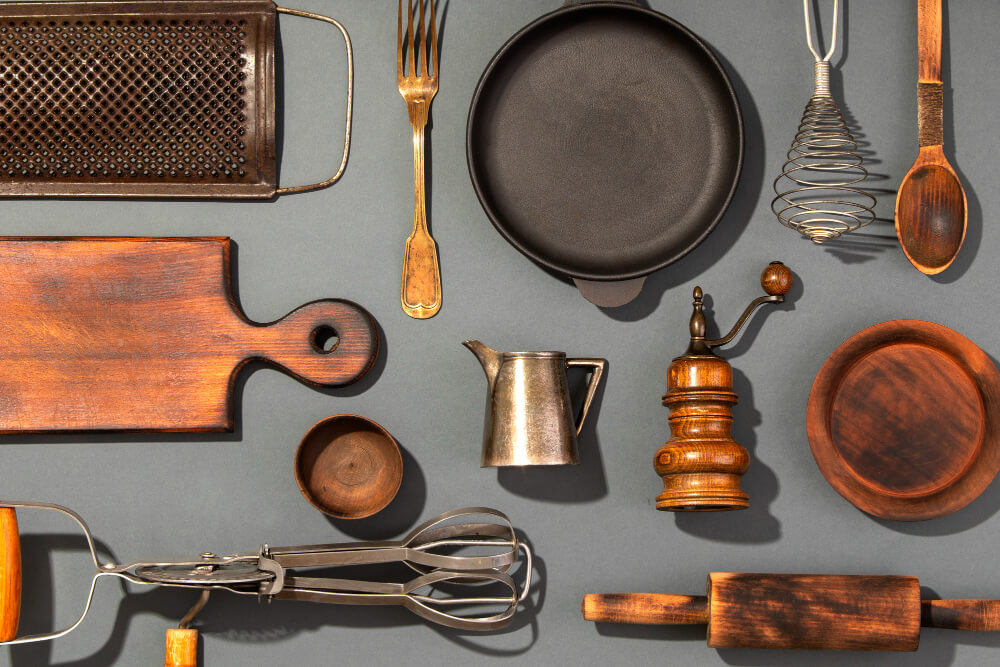
As mentioned at the beginning, China is the perfect place for manufacturing goods, not just cookware. The manufacturing plants in China have been running nonstop for decades. Brands often turn to these production facilities to get deals they otherwise wouldn’t come by in their region.
It isn’t only the relatively low cost of production that makes China a center for cookware manufacturing. A solid ecosystem supported by various business practices that improve competitiveness exists. The country also has mining access to critical raw materials. All these make China a center for manufacturing all sorts of goods.
Brands that have their cookware made in China
Here is a quick list of brands that have their products manufactured in China. Some of the names might be unexpected!
- Calphalon is known for its hard-anodized aluminum non-stick cookware. Most Calphalon products are made in China, with some still produced in the United States and Mexico. Almost all Calphalon products you can get your hands on are made in China.
- Lodge is perhaps the most prominent cast iron cookware manufacturer in the United States. The cast iron products are manufactured in Tennessee, but not the enameled cast iron cookware Lodge Cast Iron sells. All the enameled cast iron Dutch ovens the company sells come from China.
- Cuisinart sells various kitchen products, including appliances, cutlery, and cookware. The company has facilities in France that operate on a small scale. It produces French Classic tri-ply clad stainless steel cookware. Other than this, most Cuisinart cookware and appliances come from China.
- Farberware products, including cookware and appliances, are made in China. The company still produces in the United States, but only a tiny portion of the products it sells. Most Farberware cookware ships from China, with some being made in Brazil, Thailand, and Mexico.
- LeCreuset is synonymous with Dutch ovens. They are all made in France, but a big part of what they sell comes outside of Europe. The accessories and a few collections LeCreuset sells are manufactured in China. The Toughened Non-stick Pro frying pans, most bakeware, and accessories, such as baking pans and utensils, to name a few.
Selling quality, safe cookware with LeeKnives
When it comes to cookware, safety isn’t optional. A single bad product can lead to complaints, damage your brand, or worse, create legal issues.
That’s where we come in.
At LeeKnives, we don’t manufacture cookware ourselves. But we know the industry inside out.
With years of experience sourcing kitchen products and working with trusted manufacturers, we help businesses find reliable suppliers who prioritize safety, quality, and compliance.
If you’ve ever felt overwhelmed browsing platforms like Alibaba or Made-in-China, you’re not alone. It’s hard to tell who’s trustworthy just from a product listing.
Let us do the heavy lifting.
We’ll connect you with verified cookware manufacturers that meet international standards, so you can focus on scaling your business, not second-guessing your supply chain.
Looking for a safer, smarter way to source cookware? Request a free quote and let’s start building your product line, the right way.
FAQs
Is it safe to cook with Chinese stainless steel?
Yes, it can be, as long as it’s the right grade and comes from a reputable manufacturer. Many Chinese factories use 304 or 316 stainless steel, which are food-safe and corrosion-resistant. Issues usually arise with lower-grade steel or poor finishing processes. Always check for third-party certifications like LFGB, FDA, or SGS.
How can I tell if cookware is made safely?
Start by asking the supplier for material specs and safety test reports. Look for transparency around:
- The type of metal or coating used
- Third-party testing (SGS, LFGB, FDA, etc.)
- Manufacturing practices and factory standards
You can also look at customer reviews, brand partnerships, and export history to assess reliability.
What certifications should I look for?
The most common safety certifications for cookware include:
- FDA (U.S.) – General food safety
- LFGB (Germany) – More stringent safety testing for European markets
- SGS Reports – Independent lab testing covering heavy metals, coatings, and compliance. These help confirm that the cookware is safe for food contact and meets export standards.
Are there alternatives to Chinese cookware?
Yes, but it depends on your budget and sourcing strategy. Countries like Vietnam, India, and Turkey also produce cookware at scale, though selection and capacity may be more limited.
For high-end craftsmanship, you’ll also find premium options in Japan, Germany, and France, often at a higher price point.
That said, many international brands continue to manufacture in China due to its mature supply chain and ability to balance quality and cost.
